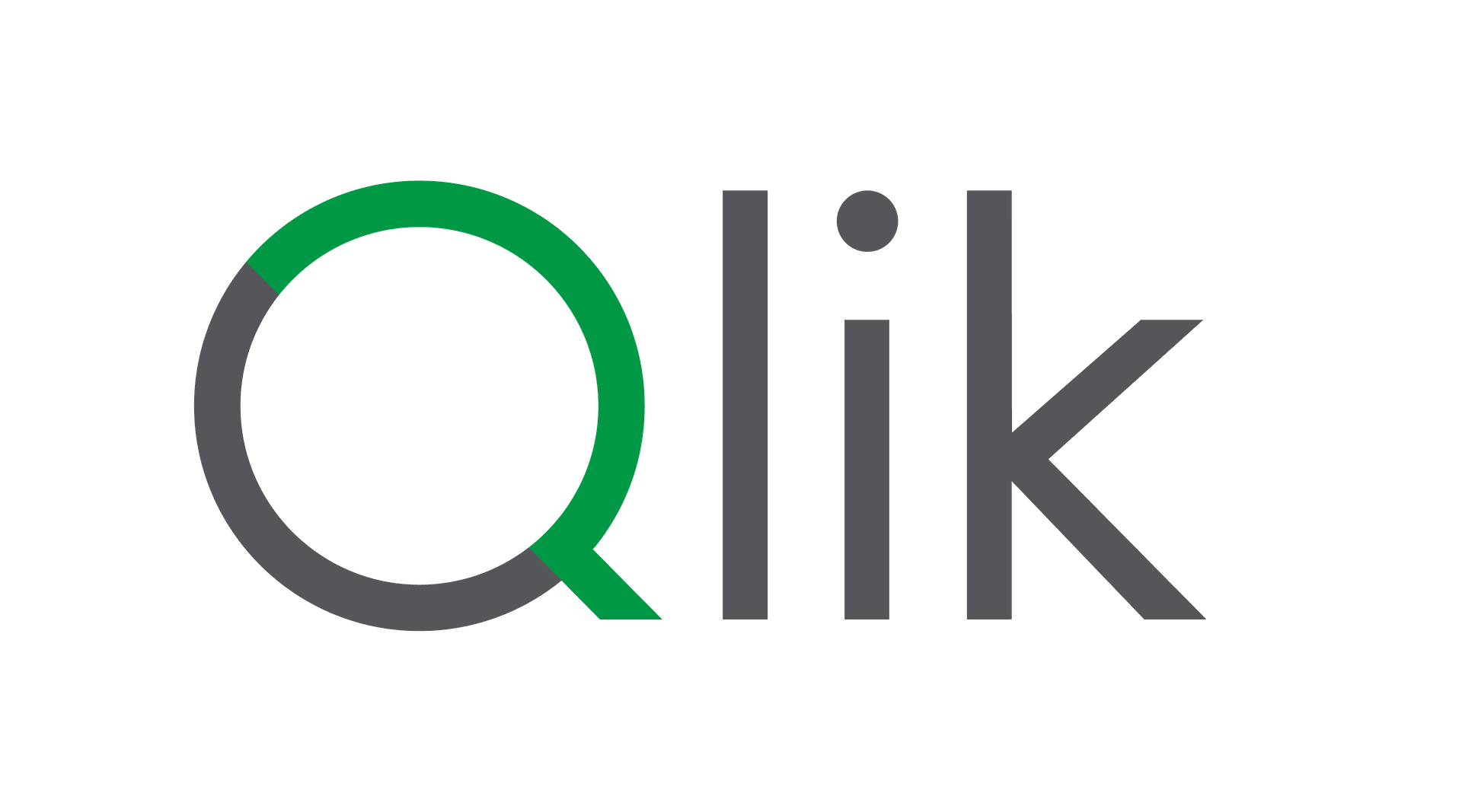Data Integration
Discover how to integrate complex sources such as SAP, mainframes, and CRMs using modern platforms like Qlik, Talend Cloud, and Microsoft Power Platform—enhanced with Artificial Intelligence to optimize processes and drive strategic decision-making.
How to Unify Data from Legacy Systems, ERP, and CRM into a Single Architecture
In today’s business landscape, data comes from a wide range of sources: ERP systems like SAP, CRMs, legacy databases, and cloud-based applications. This diversity creates silos that hinder agile analysis and strategic decision-making. Unifying this data into a single, integrated architecture is essential for achieving operational efficiency, business intelligence, and organizational agility.
Data integration is not just a technical task—it’s a critical strategy that enables organizations to gain a unified, reliable view of their business. Thanks to modern technologies, it’s now possible to connect legacy systems with modern applications without disrupting day-to-day operations.
Automation, intelligent ETL, and real-time data unification
Migrating from traditional sources like mainframes to the cloud no longer requires long and costly projects. Thanks to Qlik Talend Cloud, it is now possible to automate data ingestion from mainframe systems while applying quality rules and real-time transformations.
This enables organizations to:
- Reduce reliance on specialized developers.
- Accelerate access to strategic insights.
- Minimize Errors in Data Consolidation
By incorporating Artificial Intelligence capabilities, these platforms can suggest connections between datasets, detect anomalies, and generate predictive models that directly impact financial planning, customer management, and logistics operations.
The new standard for business decision-making
Discover how to implement robust data governance to make better decisions and reduce operational risk in your organization.
Smart Data Governance: The Hidden Pillar of Enterprise AI
Behind every accurate prediction, precise model, or efficient algorithm lies something less visible—but equally powerful: a strong data governance strategy. It may not be the flashiest technology, but it’s the most critical for enabling AI to operate with trust and scalability.
Many organizations are investing in AI without realizing that its performance depends directly on how well their data is managed. Without an organized, reliable, and well-governed data foundation, even the most advanced systems can fail—or lead to poor decisions.
Implementing smart data governance not only improves data quality—it also reduces risk, streamlines regulatory compliance, and accelerates innovation. It’s the quiet foundation that allows artificial intelligence to deliver real business value.

Operational Advantages of Adopting a Data Lake in Multicloud Environments
Today’s technology infrastructure is rarely tied to a single provider. Multicloud strategies are increasingly common, and data lakes are designed to integrate seamlessly in such scenarios. Key advantages include:
Flexible Scalability
Being cloud-based, data lakes can scale according to demand without compromising performance.
Optimized Cost
They reduce storage costs compared to rigid solutions and intensive processing environments like traditional data warehouses.
Security and Governance
Data lakes include granular controls, encryption, and regulatory compliance features by design.
Implement an Intelligent Data Lake to Activate AI Across Your Organization
Centralize unstructured data from ERP, CRM, and BI systems into a data lake optimized for AI. Turn your infrastructure into a solid foundation for machine learning, automation, and data-driven decision-making.

Benefits of Using Qlik, Talend Cloud, and Power Platform to Connect Your Business Ecosystem
Platforms such as Qlik, Talend Cloud, and Microsoft Power Platform are transforming how businesses integrate and manage their data:
By leveraging these tools, businesses can build a scalable, secure, and highly flexible solution tailored to the needs of each area within the organization.
How AI Transforms Data Governance into a Competitive Advantage for CTOs
For CTOs and IT leaders, the synergy between data governance and artificial intelligence represents a strategic opportunity. Here's how this integration directly impacts the business:
AI algorithms can identify sensitive data, map information flows, and enforce automated access controls. This makes it possible to comply with frameworks like GDPR, HIPAA, or Mexico’s Federal Law on the Protection of Personal Data—without slowing down innovation.
AI can detect anomalies, duplicates, or inconsistent data in real time, enabling automated cleansing and standardization. This improves the accuracy of analytics and reduces decision-making errors.
Machine learning enables the creation of smarter data catalogs, where assets are tagged, classified, and prioritized based on relevance and usage. This accelerates access to trusted data for analysts, data scientists, and BI teams.
Modern governance integrates predictive models that identify abnormal behavior patterns, potential security breaches, and unauthorized access. This proactive approach protects the organization’s most valuable data assets.

